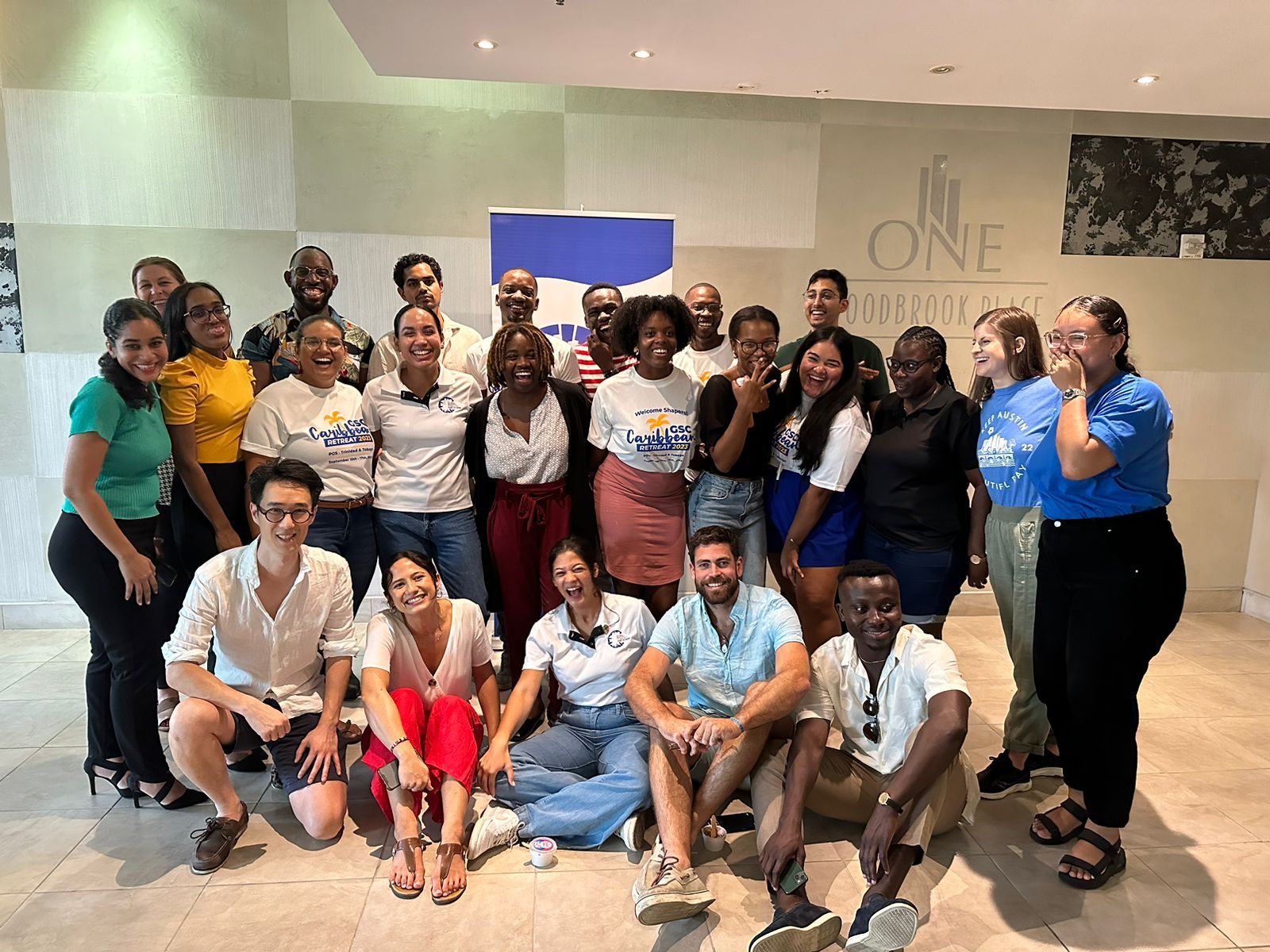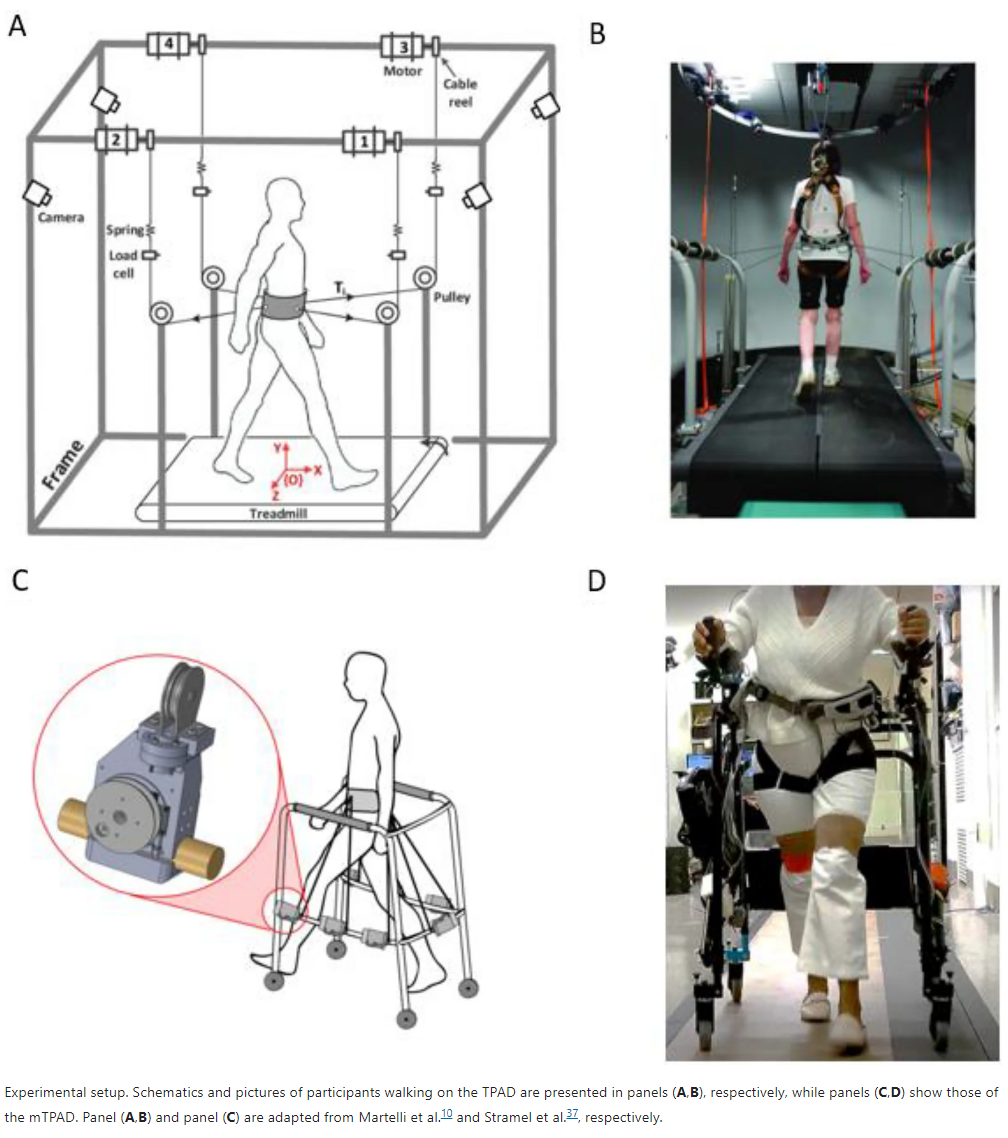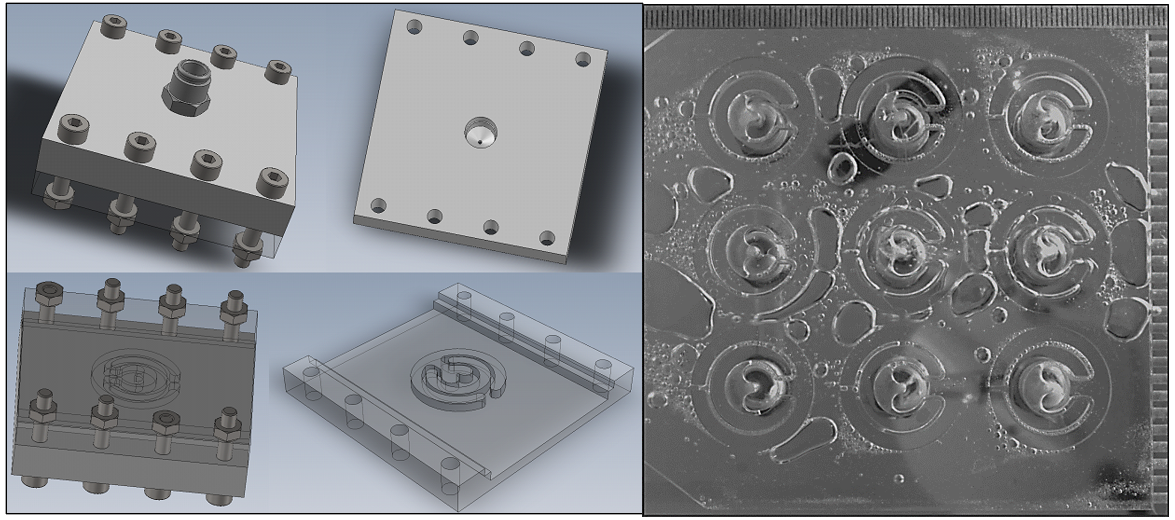Global Shaper - NYC Manhattan Hub as part of the World Economic Forum Global Shapers Community
The Global Shapers Initiative is a program started by the World Economic Forum to involve young people to address regional and global challenges. I am a member of the Global Shapers Community as part of the New York City Manhattan Hub. As part of this inspiring community, I have been collaborating directly with local leaders on discourse regarding the Battery Park City Resilience Projects, an active coastal protection project to protect southern Manhattan from the threat of storm surges and rising sea levels.





